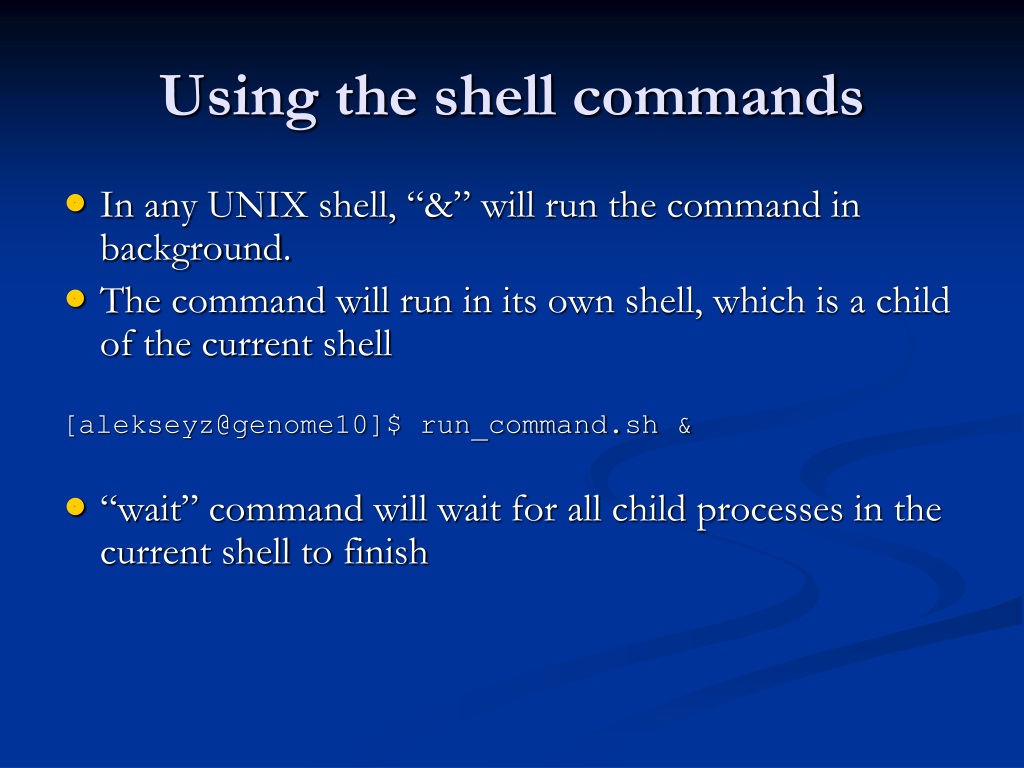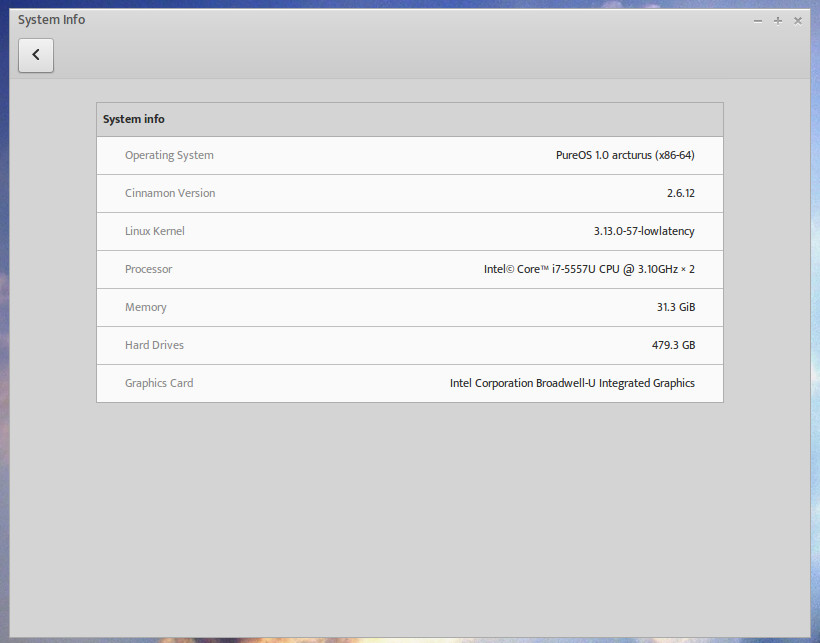

This is not available on Windows 10 Mobile.
#Power management cpuinfo windows#
Mixed Reality is the profile that is activated when a Windows Mixed Reality headset is connected to the system and the user is interacting with a MR application.You can use this profile to finetune processor settings for your devices with Game Mode. GameMode profile is enabled when the 'Game Mode' setting toggle is turned on and the user is playing a game.LowPower is the profile that is activated during the buffering phase of media playback scenarios.LowLatency is the profile that is activated during boot and during app launch time.This provides for an lternative method to configure the balanced power scheme settings via the windows provisioning framework. These settings are indentical to those for the balanced power scheme. Default profile is the configuration set that is active most of the time.Windows 10 supports the following profiles: The power profiles are used by the power processor engine to adapt the performance and parking algorithm on various system use cases. The processor namespace is divided into three sets of identical power processor configurations called power profiles.
#Power management cpuinfo how to#
For information on how to use the Windows Configuration Designer CLI, see Use the Windows Configuration Designer command-line interface. You can then apply the provisioning package to the image. Use the XML file as one of the inputs to the Windows Configuration Designer command-line interface to generate either a provisioning package that contains the power settings. You will then edit the customizations.xml file contained in the package to include your power settings, which appear under the Common\Power\Policy\Settings\Processor namespace. First, create a provisioning package using Windows Configuration Designer. You can use the Windows Provisioning framework to configure the processor power settings described in this section. IHV partners can enable preliminary validation and measurement of the effects of the policy controls on different hardware configurations. Platform specific controls - Implements the mechanics of state transitions and optionally provides feedback about the effectiveness of OS state decisions and runtime platform constraints.Performance state engine - Makes per-processor performance scaling decisions.Core parking engine - Makes global scalability decisions about the workload and determines the optimum set of compute cores to execute with.They are hierarchical and abstracted in a manner that separates platform-agnostic portions of the algorithms from platform-specific portions.Īt a high-level, the Windows PPM is made up of the following parts:.They are customizable through a statically configurable power policy infrastructure.They scale from big servers to tablet form factors.

The algorithms have the following characteristics:

The Windows 10 processor power management (PPM) algorithms implement OS-level functionality that allows the OS to efficiently use the available processing resources on a platform by balancing the user's expectations of performance and energy efficiency.


 0 kommentar(er)
0 kommentar(er)
